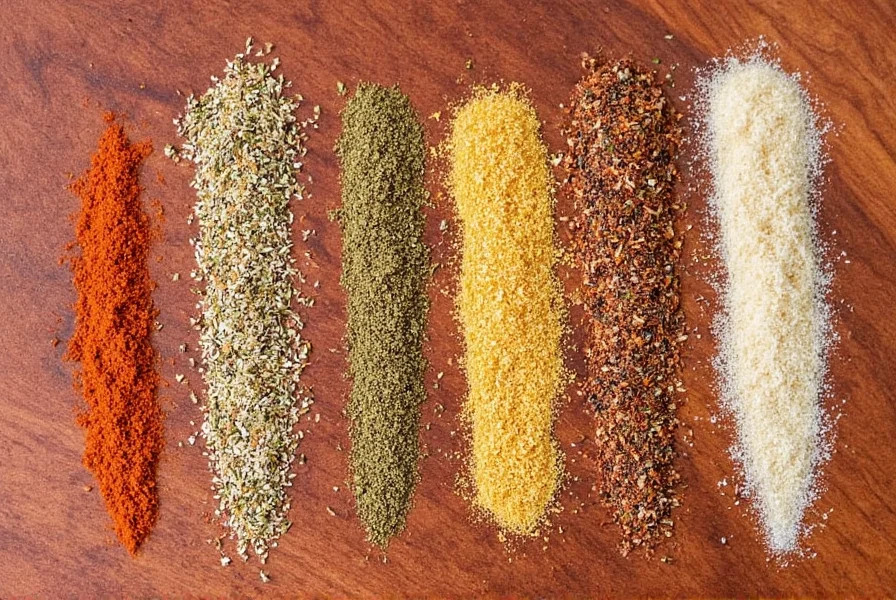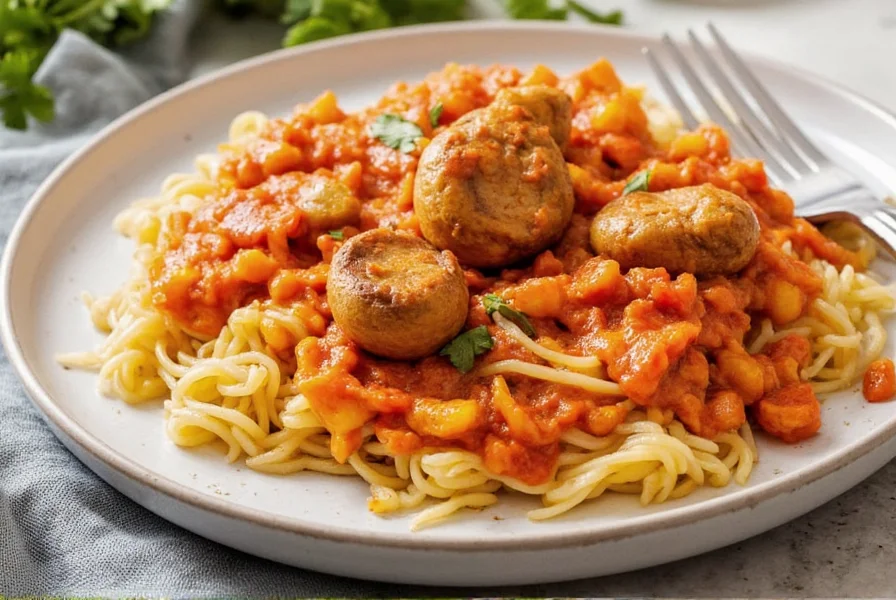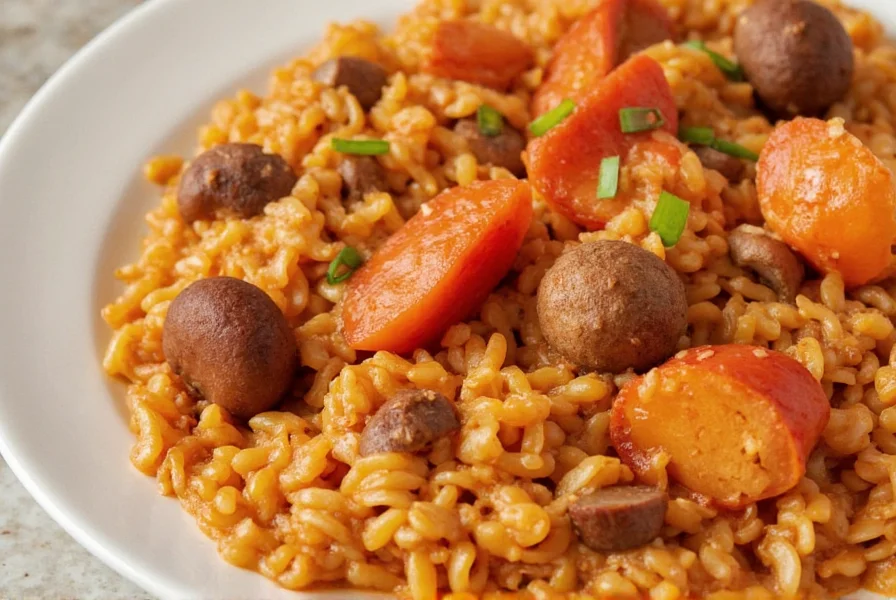Paprikash mushroom is a delicious vegetarian adaptation of the traditional Hungarian paprikás, using tender mushrooms instead of meat for a hearty, flavorful meal. This complete guide includes everything you need to make it perfectly, from ingredient selection to step-by-step cooking instructions.
Ingredients
- 2 tbsp sweet paprika
- 1 tbsp smoked paprika
- 2 tbsp olive oil
- 1 large onion, finely chopped
- 3 garlic cloves, minced
- 500g mixed mushrooms (portobello, shiitake, or crimini), sliced
- 1 cup vegetable broth
- 1 tbsp tomato paste
- 1/4 cup sour cream or vegan alternative
- Salt and pepper to taste
- Fresh parsley or dill for garnish
Step-by-Step Recipe Guide
- Sauté aromatics: Heat olive oil in a large skillet over medium heat. Add onions and cook until golden (5-7 minutes). Stir in garlic and cook for 1 more minute until fragrant.
- Cook mushrooms: Add mushrooms to the skillet. Cook until they release moisture and brown (8-10 minutes). Season with salt and pepper.
- Toast paprika: Reduce heat to low. Stir in sweet and smoked paprika. Cook for 30 seconds while stirring constantly to prevent burning.
- Build sauce: Add tomato paste and vegetable broth. Simmer for 2-3 minutes until thickened.
- Finish and serve: Remove from heat. Stir in sour cream or vegan alternative. Garnish with fresh parsley or dill. Serve over egg noodles, rice, or polenta.
Flavor Profile & Spice Breakdown
Let's break down the key ingredients and how they contribute to the overall flavor:
| Ingredient | Flavor Contribution | Heat Level (1–5) |
|---|---|---|
| Sweet Paprika | Earthy, slightly sweet, aromatic | 1 |
| Smoked Paprika | Deep, woody, smoky | 1 |
| Onions | Layered sweetness, base foundation | 0 |
| Garlic | Sharp, savory, pungent bite | 2 |
| Mushrooms | Umami, rich, meat-like texture | 0 |

You'll notice that there isn't a high level of heat unless you intentionally add chili powder or cayenne. That makes paprikash mushroom ideal for those who love bold flavor but want to avoid intense spice levels.
Why People Love Paprikash Mushroom
- Comfort Food Vibe: Warm, hearty, and reminiscent of cozy dinners.
- Vegan-Friendly Options: Easy to make vegan by swapping sour cream with coconut yogurt.
- Meaty Texture: Mushrooms mimic the density and mouthfeel of traditional meat dishes.
- Chef-Approved Simplicity: One-pot cooking, minimal prep, maximum flavor.

Best Mushroom Species for Paprikash
| Mushroom Type | Texture | Flavor Notes | Best For |
|---|---|---|---|
| Portobello | Thick, meaty | Robust, earthy | Stews, chunky paprikash |
| Shiitake | Firm, chewy | Umami-packed, woodsy | Braising, deeper flavor profiles |
| Crimini | Dense, tender | Mild, versatile | All-purpose, family-friendly |
| Oyster | Delicate, velvety | Buttery, faintly seafood-like | Creamier versions, fine dining style |
Buying Guide: Choosing the Right Ingredients
To get the most out of your paprikash mushroom dish, here are some must-know shopping tips:
Paprika Picks
- McCormick Sweet Hungarian Paprika
- Features: Vibrant color, clean aroma
- Advantages: Affordable, widely available
- Use Case: Classic paprikash, soups, stews
- Audience: Home cooks, beginners
- Occasion: Everyday meals
- La Flor Pimentón de La Vera (Smoked)
- Features: Authentic Spanish smoked paprika
- Advantages: Deep, complex flavor
- Use Case: Gourmet dishes, BBQ rubs, fusion paprikash
- Audience: Enthusiasts, professional chefs
- Occasion: Special occasions, dinner parties
Mushroom Must-Haves
- Portobello Mushrooms – Whole Fresh Pack
- Features: Thick caps, firm texture
- Advantages: Satisfying bite, great for slicing
- Use Case: Chunky paprikash, grilled side dishes
- Audience: Families, vegetarians
- Occasion: Weeknight dinners, weekend grilling
- Organic Shiitake Mushrooms – Pre-sliced
- Features: Prepped for convenience, deep flavor
- Advantages: Saves time, enhances umami
- Use Case: Braises, creamy sauces, restaurant-style paprikash
- Audience: Busy professionals, gourmet enthusiasts
- Occasion: Dinner dates, fancy Fridays
Serving Suggestions & Pairings
Paprikash mushroom pairs beautifully with several sides:
- Egg Noodles: Traditional choice; soaks up the sauce perfectly.
- Rice or Quinoa: Lighter alternatives for a balanced meal.
- Polenta: Creamy, comforting, and ultra-satisfying.
- Crusty Bread: Ideal for mopping up every last drop of sauce.
Pro Spice Tips for Perfect Paprikash Mushroom
- Don't Burn the Paprika: Add it after onions have softened to prevent bitterness.
- Layer the Flavors: Use both sweet and smoked paprika for complexity.
- Simmer Low and Slow: Letting the sauce reduce brings out deeper notes.
- Acid Balance: A splash of vinegar or lemon juice lifts the richness.
- Garnish Smartly: Fresh parsley or dill adds brightness at the end.

Frequently Asked Questions (FAQ)
Can I Make Paprikash Mushroom Vegan?
Yes! Simply substitute sour cream with a dairy-free alternative like coconut yogurt or cashew cream.
Is Paprika Hot or Mild?
Most paprika used in paprikash is mild and sweet, though you can add heat by including hot paprika or chili flakes.
How Long Does Paprikash Mushroom Last in the Fridge?
Stored properly in an airtight container, it can last 3–4 days. The flavors often intensify overnight!
Can I Freeze Paprikash Mushroom?
Absolutely! Freeze in portion-sized containers for up to 3 months. Reheat gently on the stove.
What Can I Do With Leftovers?
Repurpose into wraps, pasta fillings, or as a topping for baked potatoes or toast.
How can I make my paprikash mushroom dish more smoky?
For maximum smoky flavor, use a combination of smoked paprika and sweet paprika. Start with 1 tablespoon of smoked paprika and 1 tablespoon of sweet paprika. You can also add a tiny pinch of liquid smoke (just 1/8 teaspoon) for extra depth, but be careful not to overdo it. Another technique is to char your onions slightly before adding the mushrooms to create natural caramelization that enhances smoky notes.
What's the difference between sweet paprika and smoked paprika for paprikash?
Sweet paprika provides the classic Hungarian flavor base - earthy, slightly sweet, and aromatic without heat. Smoked paprika adds a deep, woody dimension that mimics the flavor of traditionally smoked meats. For authentic yet smoky paprikash mushroom, use both: sweet paprika for the traditional foundation and smoked paprika for that extra layer of complexity. A good ratio is 2 parts sweet to 1 part smoked paprika.
Can I achieve smoky flavor without smoked paprika?
Yes, though smoked paprika is the most authentic way. Alternatives include: adding a small piece of dried chipotle pepper (remove before serving), using a tiny amount of liquid smoke (start with 1/8 teaspoon), incorporating grilled mushrooms, or even adding a small amount of black tea which has natural smoky notes. However, none of these substitutes will provide the exact same flavor profile as quality smoked paprika.
How do I prevent paprika from becoming bitter when cooking?
Paprika burns easily and becomes bitter if exposed to high heat. The key is to add it after your onions have softened but before adding liquid. Stir constantly for just 30-60 seconds until fragrant, then immediately add your broth or tomatoes to stop the cooking process. Never add paprika to a completely dry pan, and keep the heat at medium-low. Using fresh paprika (less than 6 months old) also prevents bitterness as old paprika deteriorates in quality.
Final Thoughts
Paprikash mushroom is the perfect blend of comfort and sophistication. With its rich paprika sauce and tender mushrooms, it's a dish that satisfies both vegetarians and meat-eaters. Follow this recipe for consistent results, and don't be afraid to experiment with different mushroom varieties or serving styles. The key is to balance the smoky paprika with the natural umami of the mushrooms for a truly unforgettable meal.










 浙公网安备
33010002000092号
浙公网安备
33010002000092号 浙B2-20120091-4
浙B2-20120091-4